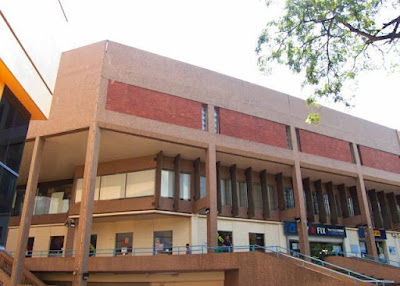Bao Toh:
Original meaning is bun knife (Hokkien). Alternate meaning is to tattle. The phrase also refers to sabotage, to betray secrets or tell on others. The long bun knife is possibly used to describe the backstabbing.
Bee See:
Original meaning is young ladies or Missy. Local meaning is Nurses. During the colonial days, young ladies were referred as Missy by the British, probably derived from 'Miss'. The local Chinese, speaking mostly in dialects during the era, might have pronounced it in the Hokkien dialect and called the Nurses, young or old, as 'Bee See'.
Chop-Chop:
Original meaning is hurry up. Local meaning is same as original meaning. Influenced by British seamen, who used 'chop' or 'chop-up' as a way of saying 'hurried' or 'quick', the Cantonese also termed it 'hurry up'.
Go Stun:
Original meaning is reversing of a boat or go astern. Local meaning is reversing of any vehicles. 'Go Stun' is a corrupted version of English phrase 'go astern' which means to move a boat backwards from the currents or winds. The local borrowed it and described it to the reversing of any vehicles on the road. The phrase might have evolved from 'go astern' to 'go stern' and finally 'go stun'.
Goondu:
Original meaning is marble or nut (Malay). Local meaning is idiotic. ‘Goondu' is a Singlish word, derived from Malay to express something that is hard and heavy, which indirectly suggests a stupid person.
Jia Lat:
Original meaning is energy wasting. Local meaning is 'in trouble'. Originally meant to describe a job or task that consumes a lot energy, but over the time, it has evolved to mean 'in trouble'.
Pok Gai:
Original meaning is Go To Hell (Hong Kong). Local meaning is bankrupt. ‘Pok Gai' is a curse used frequently during quarrels in Hong Kong. The Chinese translation literally means die on the street.
This derogatory term, however, is used commonly in Singapore by gamblers as an expression that he has lost a lot of money.
Shiok:
Original meaning is great (Shauk in Pujabi)). Local meaning is pleasure. It is one of the most-used local phrases, which can be used to describe anything that provides extreme pleasure, especially food.
Talk Cock:
Original meaning is fanciful story. Local meaning is talk nonsense or rubbish.




























